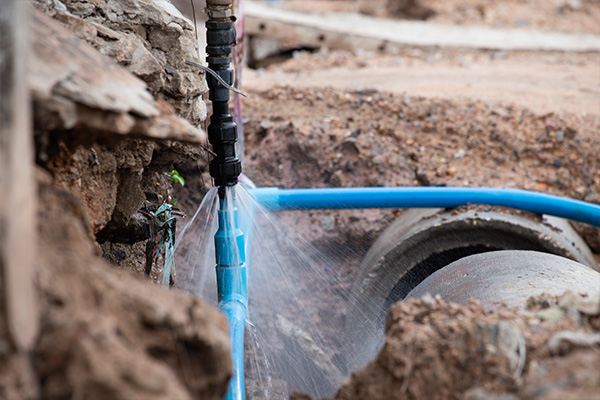Average Program Business
Average Program Business
Blog Article
How is the plumbing in your home working? If you have dripping taps or slow moving drains it may be time to get your plumbing and plumber to work together.
A fixture refers to anything in a home that has water flowing to it. A toilet, a sink, a hot water tank, a dishwasher, a bathtub; these are all examples of plumbing fixtures. Plumbers know the importance of keeping our fixtures operating like they should. Blockages, clogs, back flow issues and drainage are all things that a emergency service at fixing on a daily basis. Water not moving around as it should poses problems in all areas of a home. Having an issue with water leaving your home can be disastrous as water finds its own level and will back up and possibly spill out, causing a major mess and potentially a lot of damage. Water not going into your home properly causes problems within the pipes and then in turn within the appliances and fixtures that use that water to operate.
After you have checked these areas, take a close look around the refrigerator, both inside and outside. Is there any usual condensation that could indicate a water leak somewhere? Is the icemaker hose fastened securely to the water line repair line? Check also for any water spots on the floor, as these are typically clear signs of a water leak somewhere.
You don't want to be paying your plumber to clear the area before they start work particularly if you are paying an hourly rate. Empty cupboards and make sure there is nothing that may cost the plumber time and you money gaining access to the job.
Dishwasher. To check water leakage on your dishwasher, you will need several sheets of paper placed underneath the machine before operating it. When the machine stops, check the sheets of paper you placed underneath to see it they are wet. If so, call a maintenance person to repair the leak immediately. It is important also for you to remember that regular dishwasher uses 15 gallons on every wash load. Make sure that when you use it, the load is full.
The first step in the replacement project is to turn off the water line repair to the toilet and flush any water that may be in the tank. If you forget this step, you will have a giant mess to clean up! You should now disconnect that water line.
Turn the water off at the main shutoff valve at the street. You should be able to take a pair of pliers(or your bare hands) and turn the valve at the water meter to shut off the water to your home. Once you have shut off the water you can cut the pipe around the leak and make the repair.
Especially with older plumbing systems, a leaky pipe is like an alarm, signaling that other pipes may also be on the brink of failure. To get a grip on whether your plumbing system can last, a professional plumber may send a remote camera through your network. If any pipes are about to break, the camera will give you a heads up. If your entire plumbing system is outdated and weak, it may be best to simply replace the whole thing. Although this can be a costly enterprise, with a price tag of at least a couple of thousand dollars, the upside is that a new sewer line will reliably perform its duty for decades to come.